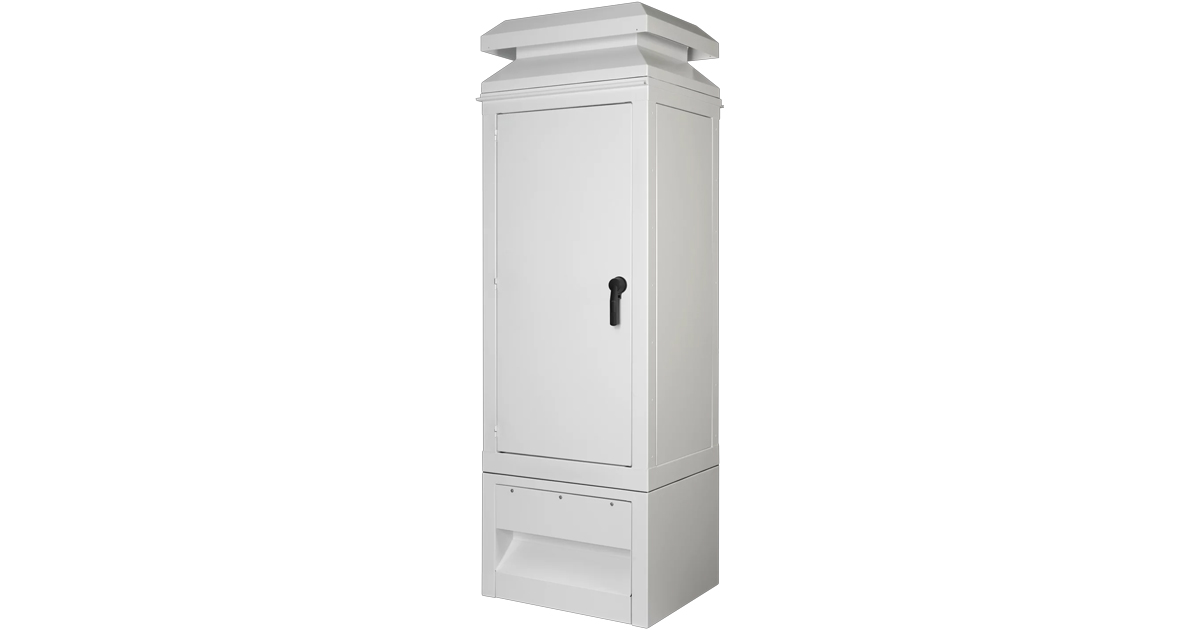Boost ROI, Efficiency With Predictive Maintenance

June 23, 2022
By Gaurav Verma, Senior Manager, Software Solutions Marketing, Rockwell Automation
Predictive maintenance (PdM) is transforming manufacturing operations and growth with technology that includes the Internet of Things (Iot), the Cloud, mobile applications, AI/ML to analyze and predict insights using data, and web applications to share entire operations data in one place. The tools and technology of Industry 4.0 have turned PdM from an abstract concept into a practical solution.
What is predictive maintenance and why does it matter to manufacturers?
PdM is maintenance that monitors the performance and condition of equipment during normal operation to reduce the likelihood of failures. It’s like preventive maintenance or work that’s done on an asset before a failure occurs not after the failure has shut it down.
The difference between preventive and predictive maintenance lies in the methods used, the amount of lead-time you have for a task, and the precision of scheduling. PdM uses condition-monitoring tools and techniques and asset information to track equipment performance and next, to anticipate failure before it happens. Ideally, PdM keeps maintenance frequency low while reducing time spent on unplanned maintenance and preventive maintenance.
An example is smart sensors. These machine sensors can detect a change in the way assets are operating, such as the vibration of a part at higher-than-normal-speeds. The sensors that connect with maintenance software like a CMMS relay this message to the software so it schedules maintenance. The software then notifies technicians of the newly scheduled task on their mobile devices.
Because predictive maintenance offers an ideal window for proactive maintenance tasks, it can help minimize the time involved in equipment maintenance, the production hours lost to maintenance, and the cost of spare parts and supplies.
The value of predictive maintenance
According to Allied Market Research, the manufacturing predictive analytics market size valued at $535 million in 2018, is projected to reach $2.5 billion by 2026. That shows the value placed on this type of maintenance that relies on technology and five critical organizational factors: people, data, processes, tools and parts, and equipment. These factors combined with technology are known as the six pillars of a strong predictive maintenance program.
Here’s how you can develop each area and use them to build a predictive maintenance program that will last.
People: The journey to predictive maintenance starts here
“It doesn’t matter if your predictive maintenance plan looks good on paper if you don’t have buy-in from the people who are doing the work,” says Jason Afara, Fiix® solutions engineer
Each predictive maintenance pillar in your program needs people to build and maintain it. Data needs interpreting. Technology needs designing and managing. That’s why everyone in your organization must understand how PdM works, why it’s important and what they can do to make it successful.
Getting people at your facility onboard with the changes that come with predictive maintenance is essential, but not always easy. It’s important to get buy-in from your maintenance team and create a culture of success at your facility.
Data: The link between past, present and future
A predictive maintenance program needs information to be successful.
“Without the data, you can’t predict anything. If you don’t have a baseline about what’s normal for a pump or a conveyor, for example, you can’t identify or predict anomalies,” says Bryan Sapot, CEO of SensrTrx.
But with quantity also comes the need for quality.
The key is the right information coming from the plant floor.
Data is the link between current asset performance and the future state of the asset. That’s why everything, from throughput to failure modes, must be constantly updated. These numbers must also be accurate. If they’re different from system to system, it will derail your program.
Processes: People and equipment driven
People processes involve the way your maintenance team goes about their work. They outline how staff interact with machines, data, each other and everything else.
“You need to understand who is responsible for what, how frequently data and tasks are reviewed, how you communicate, and how you plan, escalate and complete tasks,” Jason says.
When it comes to equipment processes, it’s crucial to know what processes your equipment completes, how to capture asset data, and how the data maps to future performance.
Simply put, your processes are the way you work—how your maintenance team plans and does the things it needs to do every day to be successful. An effective predictive maintenance program helps make your entire operation predictable, maximizing everything from working hours to asset performance.
Tools and Parts: Keys to a successful predictive maintenance program
“Predictive maintenance isn’t new,” Jason says. “The difference between 20 or 30 years ago and now is that we have the tools and understanding of parts to do it better with fewer costs.”
Tools are the instruments used to measure the condition of assets, like infrared cameras, and the tools used to inspect or repair equipment. Parts are the different components of the equipment.
Equipment: Not all machines were made for predictive maintenance
It’s important to know which of your equipment allows you to anticipate failure when designing a predictive maintenance program
“The assets that fit into a predictive maintenance program are the ones that provide good condition data with enough lead-time to catch problems before total failure,” says Jason.
Jason also recommends applying predictive maintenance to your most critical assets with the most observable failure modes because of the time and money involved in building a PdM program.
Technology: The connection holding all elements together
Technology helps you manage, facilitate and optimize the other pillars of predictive maintenance.
Critical to success is knowing what products are run and when, the cost of all your activities, and when maintenance was last performed among other factors.
There are lots of different technologies that can be used to manage a predictive maintenance program, from ERPs to MES systems and CMMS software.
A predictive maintenance program won’t solve everything. But there are many benefits to having one, like a more reliable operation that allows everyone at your organization to grow and become more efficient.
It can also yield remarkable financial results, according to readwrite.com[1]: a tenfold increase in ROI, 25%-30% reduction in maintenance costs, 70%-75% decrease of breakdowns, and 35%-45% reduction in downtime.
Taking advantage of those benefits involves building on key maintenance fundamentals. When those fundamentals are strong, you’ll have a winning strategy.
![]()
https://www.rockwellautomation.com/en-us/company/news/blogs/predictive-maintenance.html










